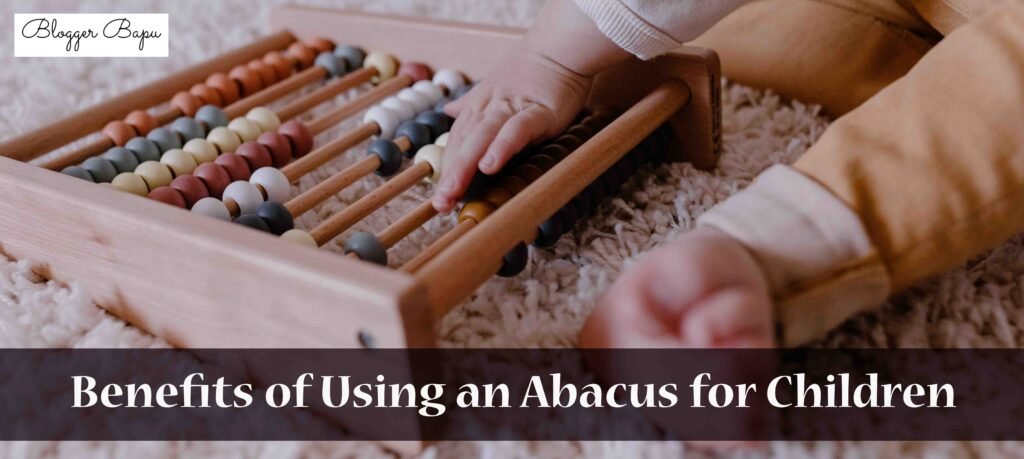Introduction
The abacus is a powerful learning tool with a history spanning thousands of years. Originally designed as an early calculator to perform arithmetic operations, it has evolved into an effective educational aid for children worldwide. Training with this device helps young learners develop mental math skills, improve focus, and boost memory — all while making learning enjoyable. In this post, we’ll explore its benefits and how kids can use it to master math quickly and efficiently.
What is an Abacus?
This ancient counting instrument consists of rows and columns of beads that slide back and forth on rods. It allows users to perform calculations by moving the beads in specific patterns to represent different numbers. Especially beneficial for young learners, it provides a tactile and visual approach to understanding numbers and mathematical ideas.
How Does It Help Children Learn Faster?
Far more than a simple counting device, it offers a hands-on, interactive method for understanding mathematics. Here’s how it supports fast learning:
- Improves Calculation Speed: Learners can perform calculations rapidly by visualizing bead movements in their minds, a method known as the mental abacus.
- Enhances Focus and Concentration: Using this tool demands attention to detail, fostering sharper focus and stronger concentration skills.
- Strengthens Memory: It encourages mental visualization and memorization, vital for cognitive development.
- Builds a Solid Math Foundation: An ideal introduction to basic operations like addition, subtraction, multiplication, and division.
You can also like this: Fun and Easy Ways to Learn Addition and Subtraction for Kids

Benefits of Using an Abacus for Children
Children using the abacus can experience several cognitive and academic benefits. Here’s a list of key advantages:
- Boosts Confidence in Math: As children learn to calculate quickly, they develop confidence in their math abilities.
- Enhances Cognitive Skills: The combination of hand movement and mental calculation boosts brain development and cognitive skills.
- Supports Visual and Auditory Learning: Abacus appeals to visual learners (beads for counting) and auditory learners (counting out loud), making it a versatile learning tool.
- Increases Patience and Discipline: Abacus practice requires focus and repetition, teaching children patience and the value of disciplined practice.
How to Use an Abacus for Fast Learning
If you’re new to the abacus, here’s a simple guide on how children can use it to speed up their learning:
- Understanding the Basics:
- The abacus has beads organized into units (ones, tens, hundreds, etc.), each representing different values.
- Children start by learning to identify the beads and their values.
- Starting with Simple Counting:
- Begin with counting by moving beads in the lower rows to represent numbers from 1 to 10. This helps children understand the concept of units and place value.
- Practicing Basic Operations:
- Addition: To add numbers, children move the beads representing those numbers and then learn to count the total.
- Subtraction: In subtraction, they move beads back to “take away” a value.
- Multiplication and Division: With practice, children can also perform multiplication and division by grouping beads, making math more intuitive.
- Mental Abacus Techniques:
- As children progress, they can visualize the abacus in their mind to calculate numbers mentally. This is called the “mental abacus,” and it’s highly effective for speeding up calculations.
- Daily Practice for Skill Building:
- Consistent practice is essential for mastering the abacus. Short, daily sessions keep children engaged and gradually build their speed and accuracy.
Why Abacus Learning is Fun and Engaging for Kids
Children enjoy using the abacus because it’s a hands-on, interactive tool that makes learning math feel like a game. The tactile nature of sliding beads combined with the mental challenge of calculation makes math exciting, reducing anxiety around numbers.
Final Thoughts
Abacus is a timeless tool that offers children an engaging and effective way to learn math. Its benefits go beyond basic arithmetic, fostering cognitive skills that support children’s overall development. With regular practice, children can develop mental calculation skills, improve their confidence, and achieve faster learning—all with the simple yet powerful abacus.
You can read more on wikipedia. Click here to visit wikipedia.




